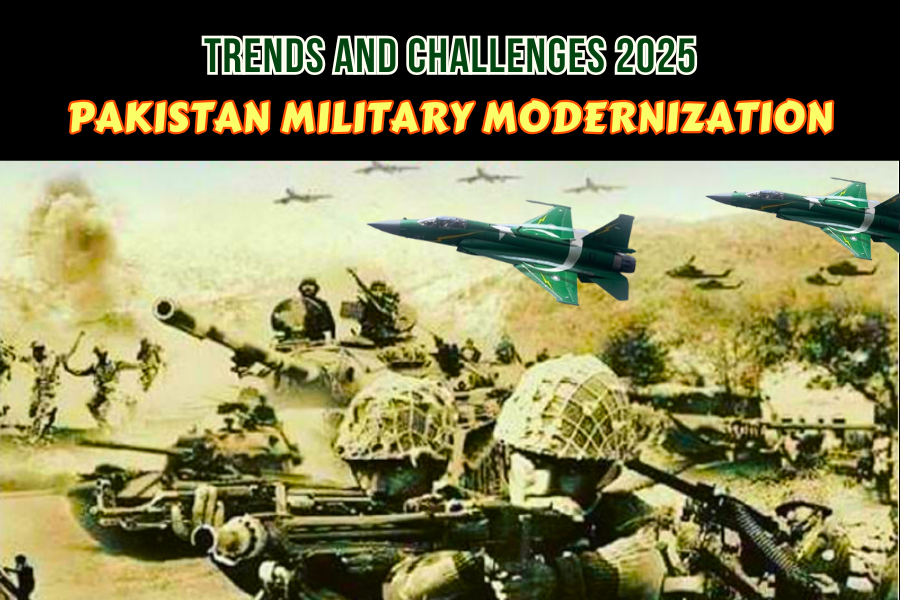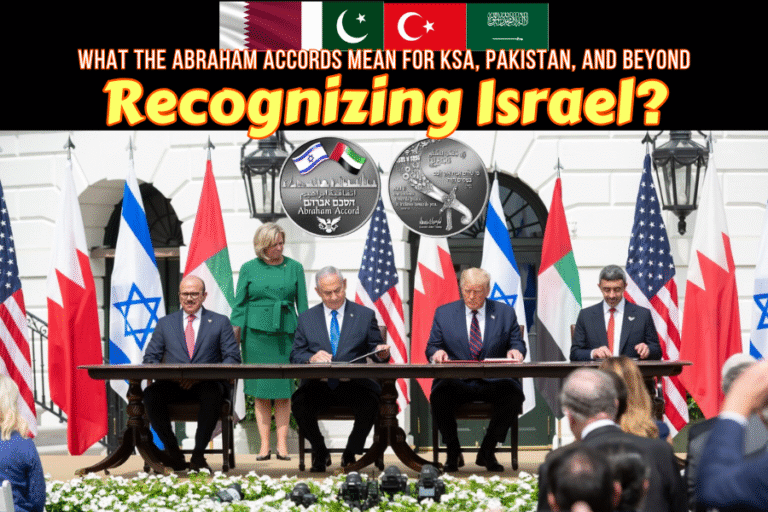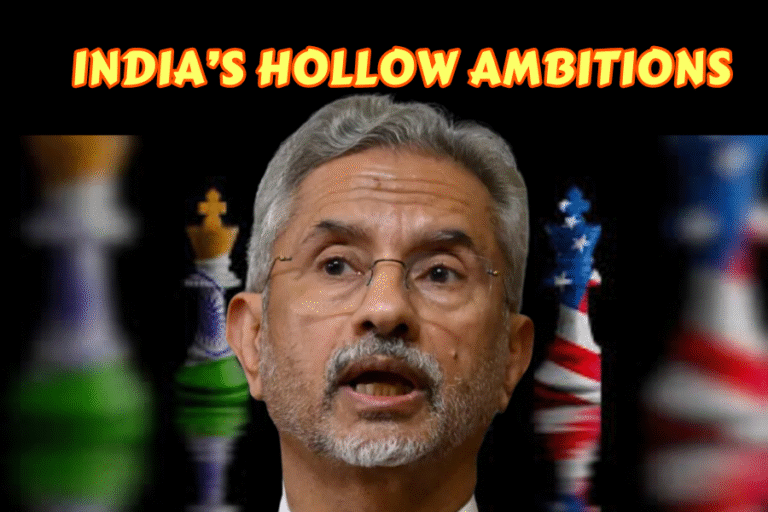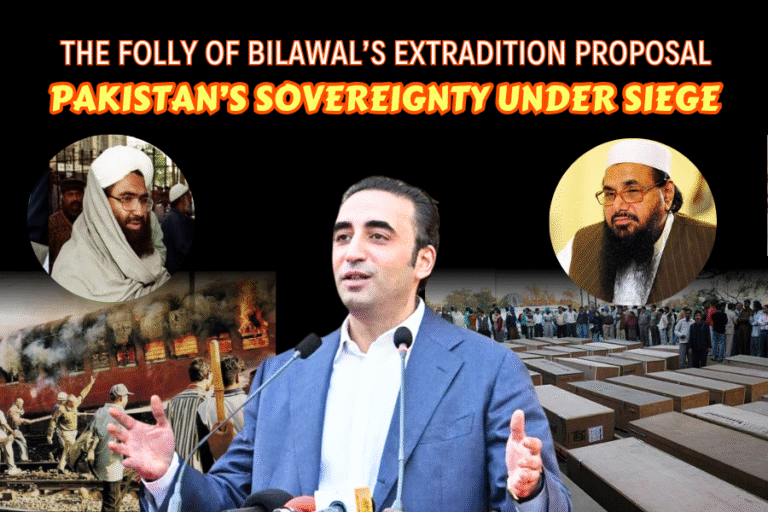(By Khalid Masood)
Pakistan’s military is making headlines for ramping up its modernization drive and the numbers are hard to ignore. Defense spending has jumped by 17 percent with a staggering Rs2.55 trillion ($9 billion) earmarked for the next year alone. Big defense deals and stealth jets might sound like old news but wait. The real surprise is not just in new hardware or alliances with major powers like China. The real challenge comes from within Pakistan itself as institutional gridlock and budget strains could upend even the most ambitious plans.
Quick Summary
| Takeaway | Explanation |
| Strategic Security Environment | Pakistan’s military modernization is driven by the evolving regional security landscape, highlighting the need to enhance military capabilities to ensure national sovereignty amidst historical tensions and territorial disputes. |
| Technological and Operational Imperatives | The focus on developing Network-Centric Warfare capabilities emphasizes the importance of advanced systems like the HQ-9B missile and A-100E rocket system, aimed at improving operational efficiency and rapid response capabilities. |
| Budgetary Commitment and Strategic Investment | An allocation of Rs2.55 trillion ($9 billion) for the upcoming fiscal year showcases the country’s significant financial commitment to address combat deficiencies and bolster military modernization efforts. |
| Institutional and Political Constraints | Historical civil-military dynamics pose challenges to effective governance and strategic planning, potentially jeopardizing resource allocation and long-term military modernization initiatives. |
| Geopolitical Uncertainties | Ongoing regional tensions and the need for robust cyber capabilities present strategic risks, necessitating careful planning and adaptive strategies in Pakistan’s military modernization approach. |

Key Drivers Behind Pakistan Military Modernization
Pakistan’s military modernization represents a strategic imperative driven by complex geopolitical dynamics, regional security challenges, and technological advancement requirements. Understanding these key drivers provides critical insights into the nation’s Defence transformation strategy.
Strategic Security Environment
The primary catalyst for Pakistan’s military modernization stems from the evolving regional security landscape. Strategic Defence insights into emerging challenges reveal profound geopolitical pressures that necessitate comprehensive military capability enhancement. According to Financial Times research, Pakistan has strategically invested in advanced military platforms, particularly through collaborative partnerships with China. The acquisition of 40 J-35 fifth-generation stealth jets and sophisticated radar systems underscores the nation’s commitment to maintaining strategic deterrence and technological parity.
The regional security calculus is fundamentally shaped by historical tensions and ongoing territorial disputes. Pakistan’s military modernization is not merely a reactive measure but a proactive strategy to ensure national sovereignty and territorial integrity. The Defence transformation encompasses multiple dimensions, including technological upgradation, operational readiness, and strategic capabilities.
Technological and Operational Imperatives
Technological innovation represents another critical driver of Pakistan’s military modernization. The imperative to develop Network-Centric Warfare (NCW) capabilities has become increasingly pronounced. Research from Pakistan Institute of Development Economics highlights the strategic importance of integrating advanced technological platforms to enhance military interoperability and decision-making capabilities.
The procurement of advanced systems like the HQ-9B long-range surface-to-air missile system and A-100E multiple launch rocket system demonstrates a calculated approach to modernizing military infrastructure. These investments aim to compress the sensor-to-shooter loop, enabling rapid and precise operational responses in complex warfare scenarios.
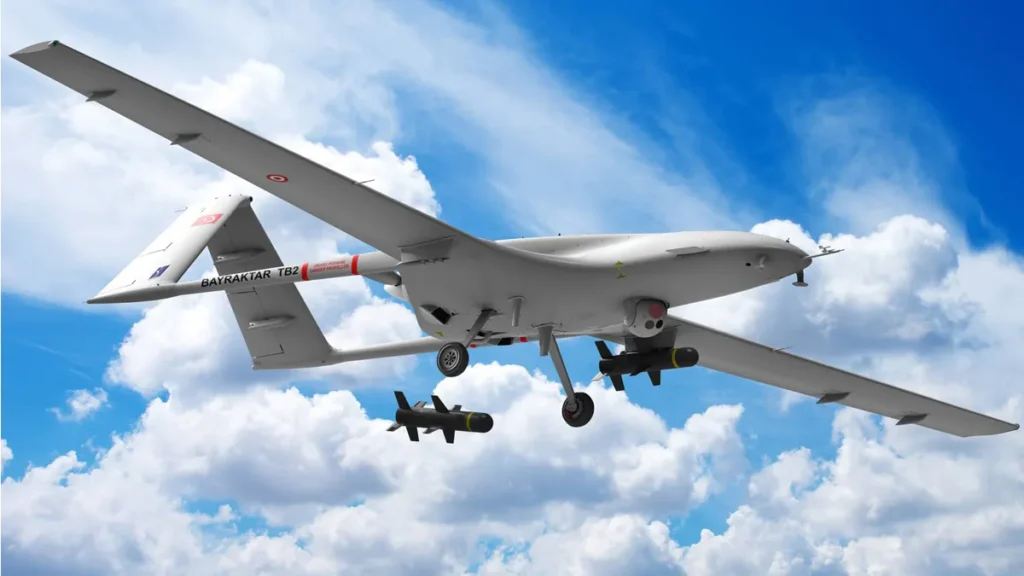
Budgetary Commitment and Strategic Investment
Financial commitment plays a pivotal role in driving military modernization. According to Financial Times reporting, Pakistan has increased its Defence budget by 17%, allocating Rs2.55 trillion ($9 billion) for the 2025-26 fiscal year. This substantial budgetary expansion reflects a deliberate strategy to address combat deficiencies and strengthen military capabilities.
The increased funding is strategically channeled towards acquiring advanced weaponry, enhancing technological infrastructure, and supporting comprehensive military transformation. By prioritizing Defence modernization, Pakistan signals its commitment to maintaining a credible deterrence posture and protecting national interests in an increasingly complex geopolitical environment.
To provide a clearer overview of the main modernization initiatives across domains, the following table summarizes Pakistan’s key military procurement and technology upgrades mentioned in this section.
Table: Major Military Modernization Initiatives by Domain
| Domain | Initiative/Procurement | Description/Role |
| Air Defence | J-10C, JF-17 Block III Fighter Jets | Modernize aerial fleet with advanced avionics, BVR capabilities |
| Air Defence | HQ-9B SAM System | Long-range, multilayered missile Defence |
| Ground Forces | A-100E Multiple Launch Rocket System | Enhanced long-range artillery firepower |
| Ground Forces | Digital Command & Control Platforms | Network-centric battlefield management |
| Navy & Maritime | Type-039B Submarines | Improved underwater warfare and maritime deterrence |
| Navy & Maritime | Advanced Maritime Surveillance Systems | Secure sea lanes, enhance maritime domain awareness |
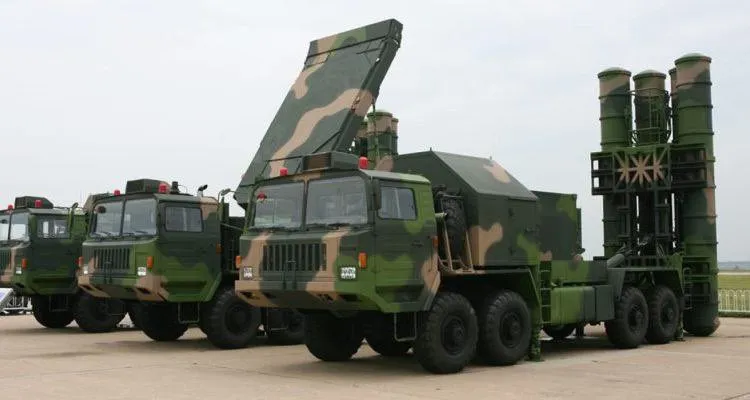
Major Modernization Initiatives and Capabilities
Pakistan’s military modernization strategy encompasses a comprehensive approach to enhancing defensive and offensive capabilities across multiple domains. The initiatives represent a sophisticated transformation of military infrastructure, technological capabilities, and strategic readiness.
Air Defence and Combat Capabilities
The Pakistan Air Force has been at the forefront of military modernization, implementing several critical initiatives to upgrade its combat capabilities. Defence expert analysis reveals a significant focus on acquiring advanced fighter platforms and integrated air Defence systems. The procurement of Chinese-manufactured J-10C and JF-17 Block III fighter jets represents a strategic effort to modernize the aerial combat fleet. These platforms offer enhanced radar cross-section reduction, improved avionics, and beyond-visual-range engagement capabilities.
Additionally, Pakistan has invested in sophisticated air Defence networks, integrating the HQ-9B long-range surface-to-air missile system. This system provides multilayered Defence capabilities, enabling comprehensive aerial threat mitigation and enhancing the nation’s strategic deterrence posture. The integration of these advanced platforms demonstrates a calculated approach to maintaining technological parity in a complex regional security environment.
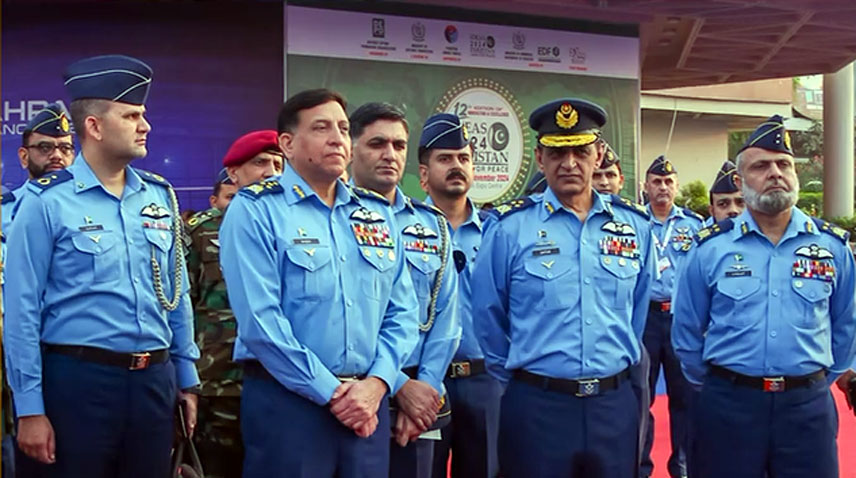
Naval and Maritime Modernization
The Pakistan Navy has undertaken substantial modernization efforts to enhance maritime surveillance and operational capabilities. Naval research from maritime Defence publications indicates significant investments in submarine technology and surface vessel upgrades. The acquisition of Type-039B diesel-electric submarines from China represents a critical enhancement of underwater warfare capabilities.
Modernization initiatives also include advanced maritime surveillance systems, coastal Defence infrastructure, and network-centric warfare technologies. These investments aim to protect maritime economic interests, secure critical sea lanes, and maintain strategic deterrence in the Indian Ocean Region. The navy’s transformation strategy emphasizes technological integration, operational flexibility, and enhanced maritime domain awareness.
Ground Forces and Technological Integration
Pakistan’s ground forces are undergoing a comprehensive modernization process focused on digital transformation and enhanced operational capabilities. Strategic Defence research highlights the implementation of advanced communication systems, digital command and control platforms, and precision weaponry.
Key modernization initiatives include the acquisition of advanced artillery systems like the A-100E multiple launch rocket system, enhanced battlefield management systems, and next-generation infantry combat vehicles. These investments aim to create a more agile, interconnected, and technologically sophisticated ground force capable of responding to diverse operational challenges.
The ground forces modernization strategy emphasizes not just hardware upgrades but also comprehensive training programs to develop personnel capabilities in emerging technological domains. By integrating artificial intelligence, advanced simulation technologies, and network-centric warfare concepts, Pakistan is positioning its military as a technologically adaptive and strategically responsive force.
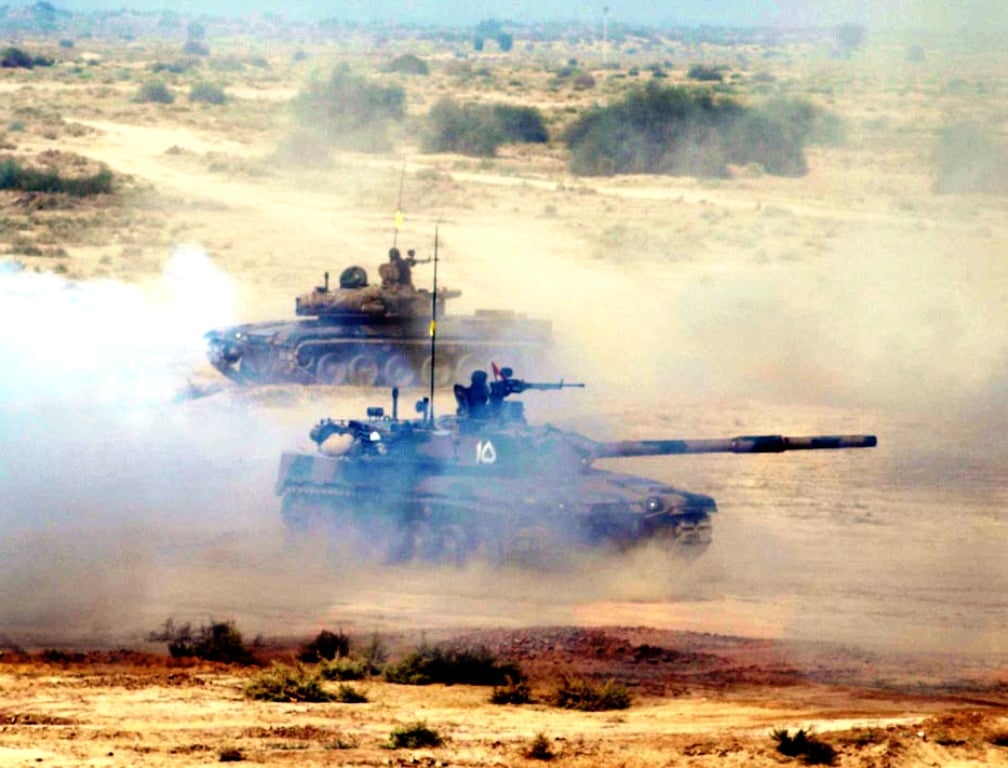
Strategic Partnerships and International Influence
Pakistan’s military modernization strategy is intrinsically linked to its complex web of international strategic partnerships, which play a crucial role in shaping its geopolitical positioning and Defence capabilities. These partnerships extend beyond traditional military cooperation, encompassing economic, technological, and diplomatic dimensions.
Sino-Pakistan Strategic Alliance
The China-Pakistan strategic partnership represents the cornerstone of Pakistan’s international Defence collaboration. Financial Times reporting highlights the depth of this relationship, particularly through military hardware acquisitions and strategic consultations. The negotiation for 40 J-35 fifth-generation stealth jets exemplifies the sophisticated military technology transfer between the two nations.
The China-Pakistan Economic Corridor (CPEC), a $62 billion infrastructure initiative, further solidifies this strategic partnership. Time Magazine analysis suggests that this collaboration extends beyond economic cooperation, representing a significant geopolitical realignment that challenges traditional Western-centric diplomatic frameworks.
United States and Western Engagement
Pakistan’s relationship with the United States remains complex and nuanced. Research indicates that while historical tensions persist, both nations continue to explore strategic engagement opportunities. The recent diplomatic outreach by Pakistan’s military leadership to Washington demonstrates a calculated approach to maintaining balanced international relationships.
The geopolitical narrative has been complicated by allegations of U.S. interference, as highlighted by former Prime Minister Imran Khan’s claims of a conspiracy behind his political removal. These dynamics have prompted Pakistan to diversify its international partnerships and reduce complete dependence on any single global power.
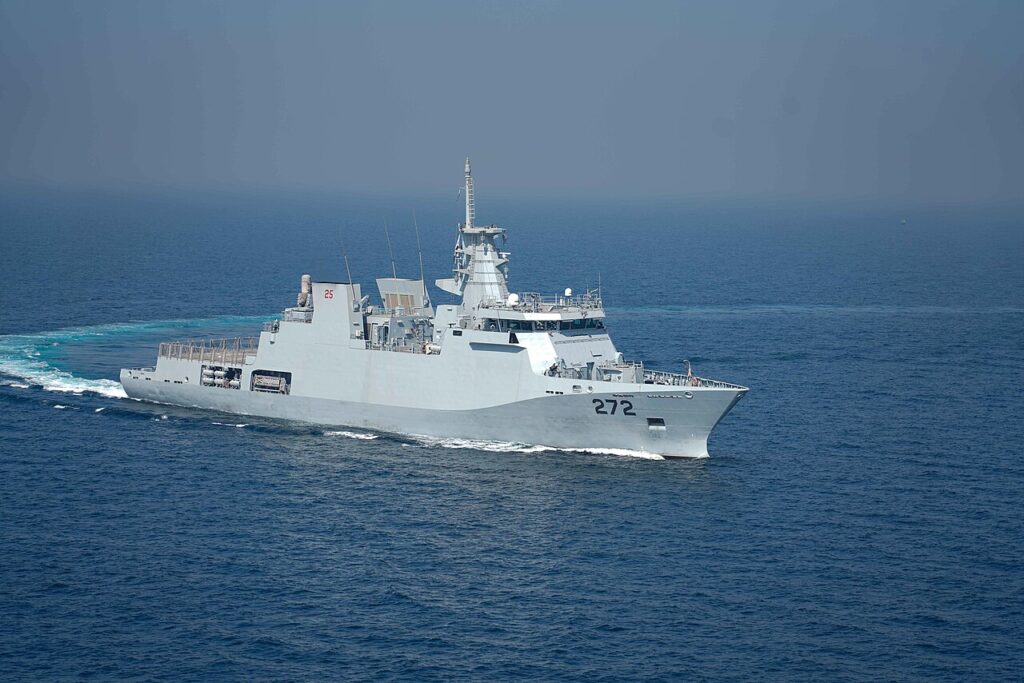
Economic Diplomacy and Military Influence
Pakistan’s military has increasingly become a pivotal actor in economic diplomacy. Financial Times analysis reveals the military’s expanding role in national economic initiatives, including large infrastructure projects and financial negotiations. The successful securing of a $7 billion IMF bailout and management of critical infrastructure projects underscore the military’s growing economic influence.
This economic diplomacy complements military modernization efforts by providing financial resources and international credibility. The military’s strategic involvement in economic planning creates a holistic approach to national development, integrating Defence capabilities with broader economic objectives.
These strategic partnerships reflect Pakistan’s sophisticated approach to international relations. By balancing relationships with global powers, investing in technological collaborations, and maintaining economic flexibility, Pakistan positions itself as a strategic actor in an increasingly complex geopolitical landscape. The military’s role in these partnerships extends beyond traditional Defence considerations, emerging as a critical instrument of national diplomacy and economic strategy.
For a quick side-by-side view, the following table compares Pakistan’s key international partnerships that support military modernization according to the article.
Table: Comparison of Strategic Partnerships Supporting Military Modernization
| Partnership | Focus Areas | Notable Projects/Deals |
| China | Hardware acquisition, technology transfer, economic collaboration | J-35 stealth jets, HQ-9B SAM, Type-039B subs, CPEC |
| United States/West | Diplomatic engagement, legacy equipment, economic aid | Ongoing diplomatic outreach, IMF bailout |
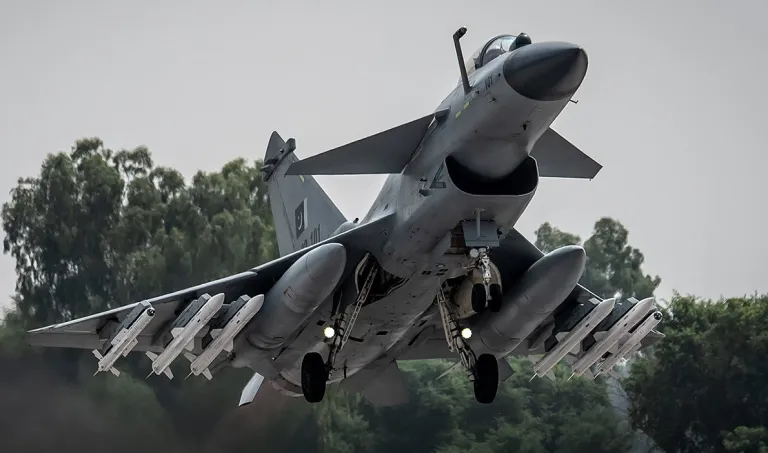
Challenges, Risks, and Future Outlook for 2025
Pakistan’s military modernization trajectory faces a complex landscape of multifaceted challenges that will significantly influence its strategic capabilities and national security framework by 2025. Understanding these challenges requires a nuanced examination of political, economic, and geopolitical dynamics.
Institutional and Political Constraints
Bertelsmann Stiftung’s Transformation Index reveals critical institutional challenges that could impede military modernization efforts. The military establishment’s historical dominance has consistently weakened democratic processes, creating a complex governance environment that complicates strategic planning. Research from the Middle East Institute suggests that the expanding role of military institutions beyond traditional Defence spheres raises significant concerns about prioritizing institutional interests over national developmental needs.
The persistent civil-military imbalance creates potential risks in resource allocation, strategic decision-making, and long-term national development. This institutional friction could potentially undermine investor confidence and create additional barriers to comprehensive military modernization strategies.
Economic and Budgetary Challenges
The Stimson Center’s analysis highlights the critical economic constraints facing Pakistan’s military modernization agenda. Increasing Defence budgets amid significant economic challenges could face substantial public opposition. The report recommends focusing on cost-effective modernization strategies, such as developing indigenous drone technologies and enhancing cyber capabilities to maintain strategic deterrence without imposing excessive economic burdens.
Economic instability presents a significant risk to sustained military investments. The delicate balance between allocating resources to Defence modernization and addressing immediate socioeconomic challenges requires sophisticated financial management and strategic prioritization.
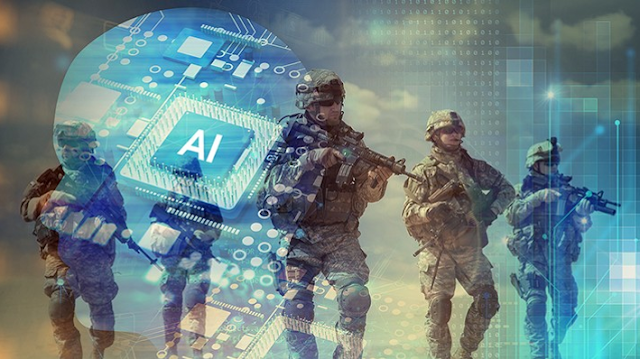
Geopolitical Uncertainties and Strategic Risks
The geopolitical landscape presents another layer of complexity for Pakistan’s military modernization efforts. Ongoing regional tensions, particularly with neighboring countries, create an unpredictable strategic environment. The need to maintain technological parity while managing limited resources demands exceptional strategic planning and diplomatic maneuvering.
Cyber warfare and technological disruption emerge as critical future challenges. Pakistan must invest in developing robust defensive and offensive cyber capabilities to remain competitive in an increasingly digital strategic landscape. This requires not just technological investment but also developing human capital with advanced technological skills.
Looking toward 2025, Pakistan’s military modernization strategy must navigate these intricate challenges through adaptive, flexible approaches. Success will depend on creating a holistic modernization framework that balances technological advancement, economic sustainability, and institutional reform. The ability to develop a comprehensive, forward-looking strategy that addresses institutional, economic, and geopolitical complexities will be crucial in determining the trajectory of Pakistan’s military capabilities in the coming years.
Frequently Asked Questions
a. What are the key drivers behind Pakistan’s military modernization?
Pakistan’s military modernization is driven by the evolving regional security landscape, technological advancements, and a significant increase in Defence spending, with a focus on maintaining national sovereignty and combat readiness.
b. How much is Pakistan allocating for military modernization in 2025?
Pakistan has earmarked Rs2.55 trillion (approximately $9 billion) for military spending in the 2025-26 fiscal year, reflecting a 17% increase in Defence budget commitments.
c. What are the major modernization initiatives undertaken by Pakistan’s military?
Key modernization initiatives include the acquisition of advanced fighter jets like the J-10C and JF-17 Block III, the HQ-9B long-range surface-to-air missile system, and significant upgrades in naval and ground force capabilities, emphasizing technological integration and digital transformation.
d. What challenges does Pakistan face in its military modernization efforts?
Pakistan’s military modernization faces institutional and political constraints, economic challenges related to budget allocation, and geopolitical uncertainties that complicate strategic planning and resource management.
Ready to Go Deeper into Pakistan’s Strategic Future?
Facing complex geopolitical pressures, institutional hurdles, and rapid Defence innovation is not just a Defence issue—it shapes the future of Pakistan and the broader region. If the article on “Pakistan Military Modernization: Trends and Challenges 2025” sparked questions or concerns about shifting Defence strategies, technological upgrades like network-centric warfare, or the real impact of institutional and budgetary constraints, you are not alone. Many readers seek practical insights and expert analysis beyond the headlines—especially when national security, sovereignty, and informed decision-making are at stake.

Stay ahead of the curve by exploring compelling, firsthand analysis from a former Pakistan Army officer. Discover Khalid Masood’s latest geopolitical insights and get the strategic clarity you need on issues like military modernization, regional conflicts, and international diplomacy. For in-depth perspectives on South Asian security, military technology trends, and global political shifts, let Khalid Masood’s professional blog be your resource. Visit now and take the first step toward informed engagement with Pakistan’s evolving Defence landscape.
Recommended
- Chengdu J-20 “Mighty Dragon”: China’s Fifth-Generation Stealth Fighter and Its Strategic Edge – khalidmasood.com
- Field Marshal Syed Asim Munir: A New Chapter of Honor and Defiance in Pakistan’s Military History – khalidmasood.com
- PAF’s PL-15E Triumph and PL-17 Horizon: Redrawing the Airpower Map of South Asia – khalidmasood.com
- Pahalgam Fallout: India’s Lies Exposed, Pakistan’s Truth Prevails – khalidmasood.com

